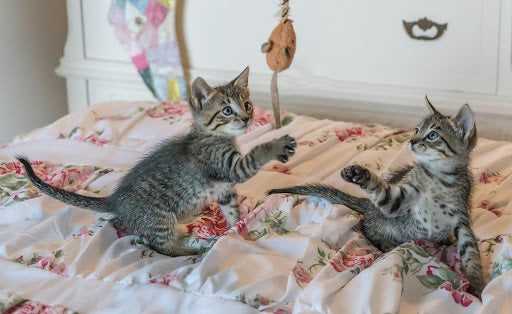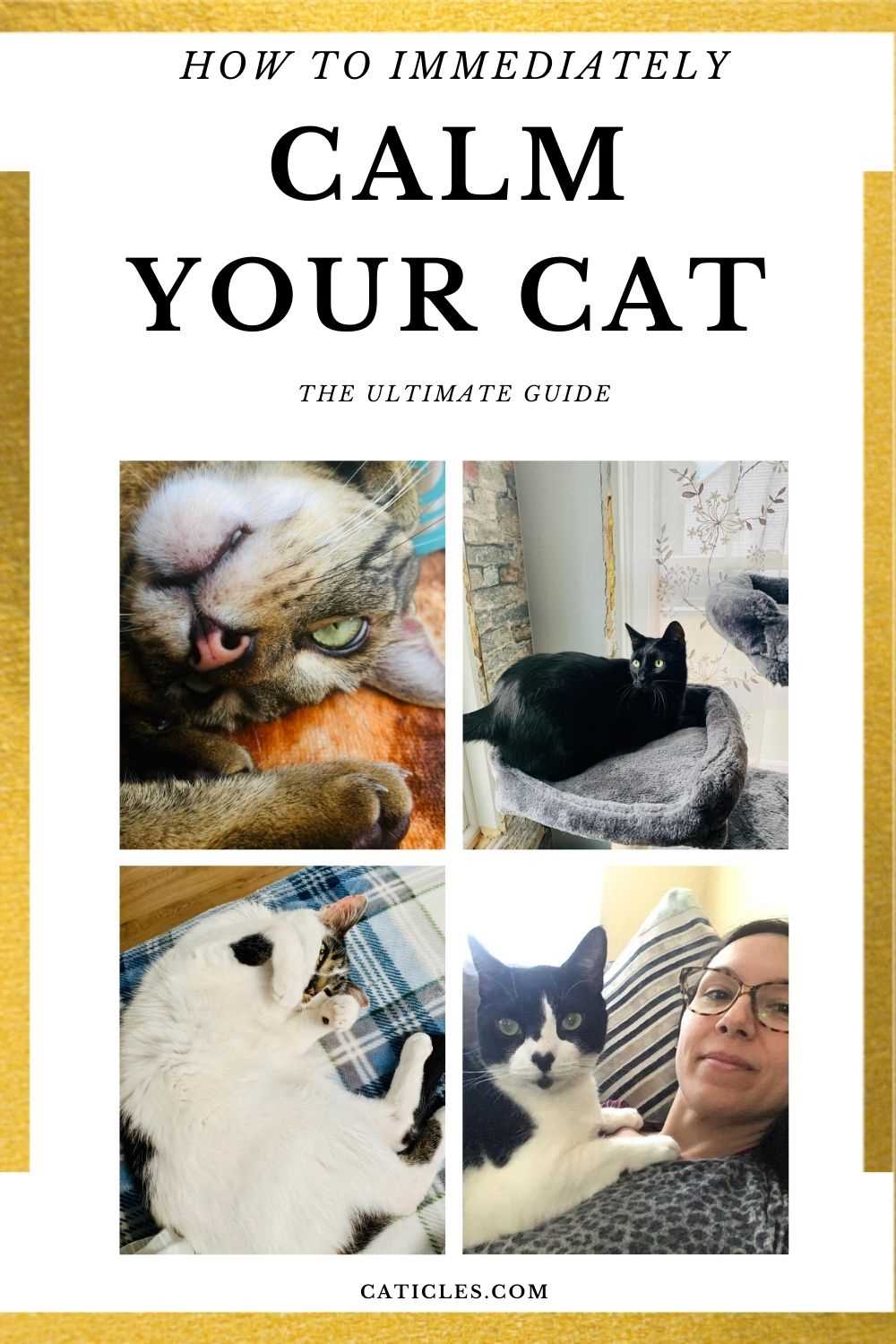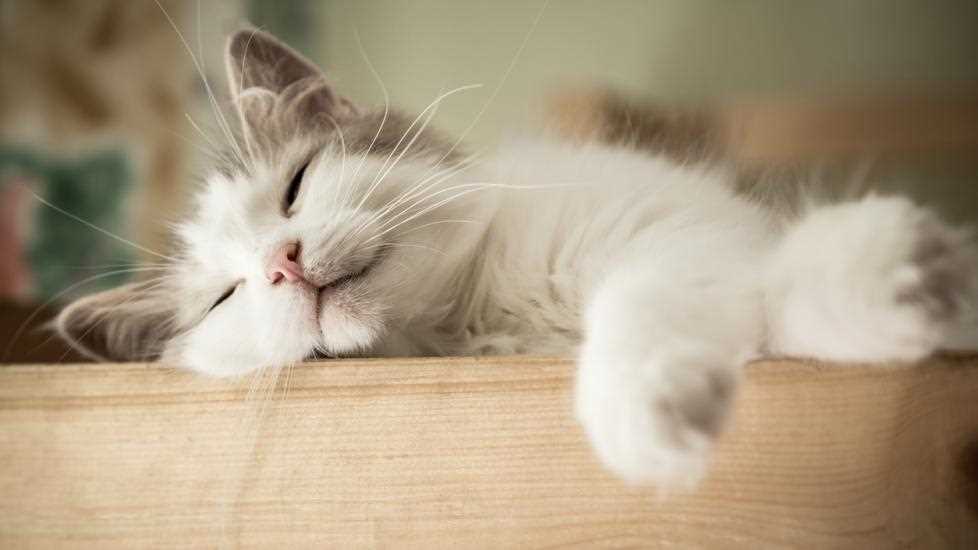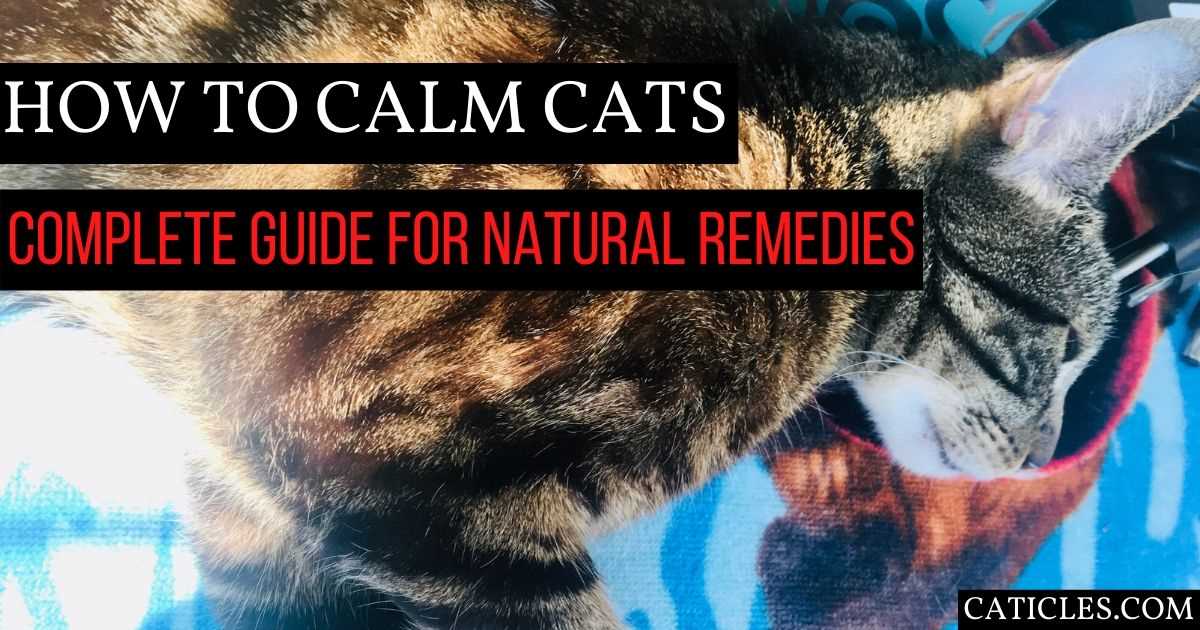



If your furry companion seems a bit too energetic or anxious, consider using a calming pheromone diffuser. These devices release synthetic versions of the natural pheromones that help promote relaxation and comfort. Placing it in a common area can create a serene atmosphere, making it easier for your pet to unwind.
Another effective approach involves incorporating interactive toys that engage your pet’s mind and body. Puzzle feeders not only provide a fun challenge but also encourage a sense of accomplishment, helping to ease any restlessness. Look for options that stimulate curiosity and provide mental enrichment.
Incorporating a calming diet can also play a significant role in promoting tranquility. Certain brands offer specialized food or treats infused with ingredients like chamomile or valerian root. These natural elements can contribute to a more relaxed demeanor while ensuring your buddy stays healthy and happy.
Lastly, consider creating a cozy retreat with soft bedding and familiar scents. This dedicated space can serve as a safe haven for your pet, offering an escape from stressors. Ensuring that your furry friend feels secure in their environment is key to fostering a peaceful mindset.
Suggestions for Relaxation
Try a few drops of catnip oil on a scratching post or toy. It can create a soothing atmosphere, helping to ease tension. Many felines respond positively, enjoying the calming effects of this herb.
Herbal Options

- Valerian root: This herb can have a sedative effect. Use it in small amounts, either in tea or as a supplement.
- Chamomile: Known for its relaxing properties, chamomile tea can be offered in moderation. Ensure it’s cooled and diluted before serving.
Environmental Changes
Creating a peaceful space is key. Consider these adjustments:
- Soft bedding in a quiet area away from noise.
- Dim lighting to promote a tranquil environment.
- Gentle music or nature sounds can help reduce anxiety.
Experiment with different options and observe responses. Each little adjustment may contribute significantly to a more serene atmosphere.
Herbal Remedies for Feline Anxiety

Valerian root works wonders for stress relief. It acts as a natural sedative, promoting relaxation without harmful side effects. A few drops of valerian extract in my drinking water can make a noticeable difference.
Catnip is another favorite. Although it may not affect every feline, many of my friends find it soothing. A sprinkle of dried catnip on a scratching post or bed can encourage playfulness followed by a calm, relaxed state.
Chamomile tea is quite soothing. Steeping a chamomile bag in hot water, cooling it down, and offering a few sips can help ease tension. I enjoy the gentle aroma and relaxing properties.
Lavender, known for its calming scent, can be beneficial as well. A few drops of lavender oil in a diffuser can create a peaceful environment. Ensure it’s well-ventilated, as strong scents might be overwhelming.
Passionflower is another herbal option. This remedy helps with anxiety and promotes sleep. A drop of passionflower tincture in water can be a great addition to my routine.
Always consult a veterinarian before trying any new remedies. Each individual responds differently, and it’s vital to ensure safety and effectiveness. Natural options can enhance well-being, contributing to a more relaxed atmosphere at home.
Safe Supplements to Consider for Your Cat
I recommend trying L-theanine, an amino acid found in green tea. It helps in reducing stress without sedation, making it a great option for relaxation.
Another option is chamomile extract. This herbal supplement can soothe nerves and promote restful sleep. Always ensure it’s in a safe, cat-friendly form.
Consider valerian root as well. Though it may have a stimulating effect on some felines, many find it calming. Test it with small doses to see how it affects your furry companion.
Fish oil supplements can contribute to overall well-being and may assist with anxiety reduction. Omega-3 fatty acids support brain health, which can improve mood.
Probiotics are beneficial for gut health and can indirectly support emotional stability. A healthy digestive system positively influences the mind.
Lastly, magnesium supplements can help decrease anxiety levels. Look for forms specifically formulated for pets to ensure safety and efficacy.
Creating a Calming Environment at Home
Ensure a designated quiet space with cozy bedding and minimal distractions. This area provides a retreat during stressful moments, allowing for relaxation. Incorporate soft lighting–like a dim lamp or fairy lights–to create a soothing atmosphere.
Utilize calming scents such as lavender or chamomile through diffusers or sprays. These fragrances can help ease tension and promote tranquility. Ensure any products used are safe for felines.
Interactive playtime is crucial. Engage with toys that stimulate mentally and physically, helping to channel excess energy. After play, offer a warm blanket or a soft place to rest, reinforcing the idea of comfort.
Incorporate vertical spaces like cat trees or shelves. Climbing helps fulfill natural instincts and provides a sense of security. The elevated vantage points allow observation of their surroundings without feeling threatened.
Regular routines also contribute to a sense of stability. Consistent feeding and play schedules create predictability, which can ease anxiety. Keep an eye on any changes in behavior or habits, as these can indicate stressors in the environment.
For additional ideas, check out this link for interesting names for orange cats that might inspire a fun atmosphere at home!
Behavioral Techniques to Help Your Feline Friend Relax

Engaging in interactive playtime is an excellent way to alleviate tension. Use feather wands or laser pointers to stimulate my natural hunting instincts. This not only provides exercise but also helps release pent-up energy, leading to a more serene state.
Routine Establishment
Creating a consistent daily schedule is beneficial. Regular feeding, play, and quiet times help establish security. Predictability reduces anxiety, allowing my companion to feel at ease within the home environment.
Positive Reinforcement
Utilizing treats as rewards during training can reinforce desired behaviors. This method encourages calmness and builds trust. For instance, rewarding with a small treat after a grooming session promotes a relaxed atmosphere during the process.
Additionally, consider utilizing soothing sounds. Playing soft music or white noise can create a tranquil ambiance. It masks sudden noises that may cause distress, contributing to a peaceful environment.
Lastly, observe body language closely. Recognizing signs of stress, such as tail twitching or flattened ears, allows for timely intervention. Redirecting attention or providing a safe space can effectively help maintain a relaxed demeanor.
For those curious about pet safety in various settings, check out this link: does an electric fence hurt a dog.
When to Consult a Veterinarian for Cat Stress
Seek veterinary advice if noticeable behavioral changes occur, such as excessive hiding, aggression, or inappropriate elimination. These can signal underlying health issues or severe anxiety that needs professional evaluation.
Persistent vocalization or signs of distress during routine activities, like eating or grooming, warrant a consultation. It’s essential to ensure no medical conditions contribute to such behaviors.
Monitor physical symptoms, including changes in appetite, weight loss, or unusual grooming habits. These indicators may relate to emotional well-being or other health concerns requiring attention.
If stress triggers seem apparent, yet responses remain extreme or unmanageable, a veterinarian can help. They can recommend a tailored approach, possibly including behavioral therapy or medication.
| Signs to Watch For | Action |
|---|---|
| Excessive hiding | Consult a vet |
| Aggressive behavior | Consult a vet |
| Changes in appetite | Consult a vet |
| Weight loss | Consult a vet |
| Unusual grooming | Consult a vet |
| Persistent vocalization | Consult a vet |
Regular vet check-ups can help catch issues early, ensuring emotional and physical health remain intact. Prioritize well-being with professional support when needed.
Understanding Your Feline’s Triggers and Stressors
Identifying specific triggers is crucial for maintaining a peaceful environment. Loud noises, changes in routine, and unfamiliar visitors often provoke anxiety. Observe closely which situations lead to agitation. For instance, sudden thunderstorms or vacuum cleaners can cause distress. Keeping track of these stressors helps in predicting and managing reactions.
Common Stress Factors
Many pets react negatively to overcrowded spaces or the presence of other animals. If your furry friend becomes skittish during playdates, it might be best to limit interactions. Additionally, disruptions in their daily schedule, such as meal times or play sessions, may lead to unease. Keeping a consistent routine can mitigate these effects.
Creating a Safe Space

A designated safe zone is beneficial. This area should be quiet and equipped with comforting items like blankets or toys. Providing a hiding spot, such as a cozy box or a cat tree, allows for retreat during overwhelming moments. Monitoring their reactions in various environments will help in establishing a comforting atmosphere.
Regularly engaging in activities that promote a sense of security can also be advantageous. Gentle petting, soft-spoken words, or interactive play may alleviate tension. Building trust through positive experiences fosters a serene relationship.








